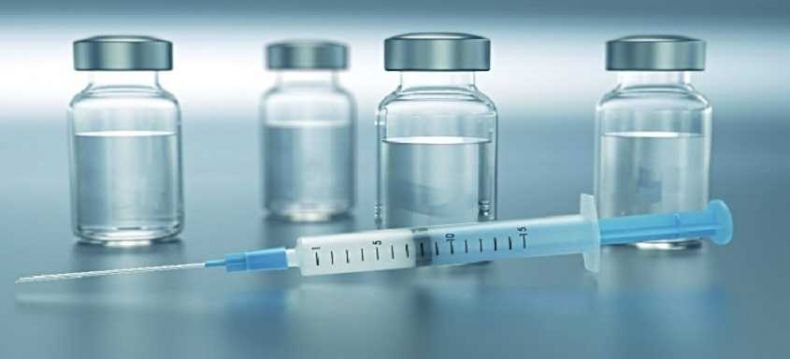Anomalous Material
Content based on Extensive ResearchBenefits of Testosterone Replacement Therapy
Wednesday , 15, March 2023 Health Comments Off on Benefits of Testosterone Replacement Therapy Testosterone Replacement Therapy (TRT) is a medical treatment that is used to boost the levels of testosterone in men who have low levels of the hormone. Testosterone is a hormone that is produced in the testes and is responsible for the development of male characteristics such as deep voice, facial hair, and muscle mass. Testosterone levels decrease naturally as men age, and some men may experience a greater decline than others, leading to symptoms such as decreased sex drive, fatigue, and depression. Testosterone Replacement Therapy can help to alleviate these symptoms and improve quality of life in men with low testosterone levels.
Testosterone Replacement Therapy (TRT) is a medical treatment that is used to boost the levels of testosterone in men who have low levels of the hormone. Testosterone is a hormone that is produced in the testes and is responsible for the development of male characteristics such as deep voice, facial hair, and muscle mass. Testosterone levels decrease naturally as men age, and some men may experience a greater decline than others, leading to symptoms such as decreased sex drive, fatigue, and depression. Testosterone Replacement Therapy can help to alleviate these symptoms and improve quality of life in men with low testosterone levels.
TRT is typically administered through injections, gels, patches, or pellets. Injections are given every two to four weeks and are the most common method of TRT. Gels are applied daily to the skin and are absorbed through the skin into the bloodstream. Patches are also applied to the skin and are worn for 24 hours, after which they are replaced. Pellets are small, rice-sized pellets that are inserted under the skin and release testosterone over the course of three to six months.
TRT is generally considered safe when prescribed and monitored by a qualified healthcare provider. However, like any medical treatment, TRT does carry risks and potential side effects. Some common side effects of TRT include acne, fluid retention, breast enlargement, and sleep apnea. More serious side effects can include an increased risk of blood clots, heart attack, and stroke. TRT can also cause a decrease in sperm production and fertility in some men.
Before starting TRT, a healthcare provider will typically perform a physical exam and blood tests to measure testosterone levels. If testosterone levels are found to be low, a healthcare provider will determine if TRT is appropriate and what method of administration is best for the individual. Healthcare providers will also monitor testosterone levels and adjust dosage as needed to ensure that levels are within a safe and healthy range.
TRT has been shown to improve symptoms such as decreased sex drive, fatigue, and depression in men with low testosterone levels. It can also improve bone density, muscle mass, and strength. However, TRT is not a cure-all and may not work for everyone. It is important for men to have realistic expectations about what TRT can and cannot do.
In addition to medical treatment, there are lifestyle changes that men can make to naturally boost testosterone levels. These include maintaining a healthy weight, getting regular exercise, reducing stress, and getting enough sleep. Some men may also benefit from changes to their diet, such as increasing their intake of foods high in vitamin D and zinc.
In conclusion, testosterone replacement therapy can be a safe and effective treatment for men with low testosterone levels. However, like any medical treatment, it carries risks and potential side effects. It is important for men to work with a qualified healthcare provider to determine if TRT is appropriate for them and to monitor testosterone levels and adjust dosage as needed. Men should also consider lifestyle changes to naturally boost testosterone levels. With proper care and management, TRT can improve quality of life in men with low testosterone levels.